If you’ve never made your way to the land of Down Under, Larry’s List will give you an additional reason to visit. Melbourne is the home to an unusual yet impeccably designed hybrid building, which houses an extensive Australian art collection. Designed by one of Melbourne’s leading architects Corbett Lyon, this building merges the public and the private setting of a family residence, named The Lyon Housemuseum. Although the concept of collections being shown in residential settings may not be new with already established museums such as the Peggy Guggenheim Collection founded in the mid of the 20th century, Corbett Lyon designed his new building from the outset to challenge the conventional perceptions of public and private as well as exploring new relationships between art and architecture. The owners, Corbett and Yueji Lyon, have been collecting Australian contemporary art since 1990. As their collection developed, so did the couple’s need to share their treasures with the public. Yet, the Lyons still wanted to keep the works close to home. Thus came the innovative idea to display the artworks within the domestic settings of their own family home. The Lyon Housemuseum presents work from the collection in a combination of museum scaled spaces and residential settings, juxtaposing paintings, video works and installations with the house’s living spaces and domestic furniture. In 2010, the building won the Australian Institute of Architects Harold Desbrowe-Annear Award for Residential Architecture and was exhibited at the 2010 World Architecture Festival in Barcelona.
In this interview, Corbett explains the challenges in living in this double public/private setting and what needs to be done to help support other private art museums.
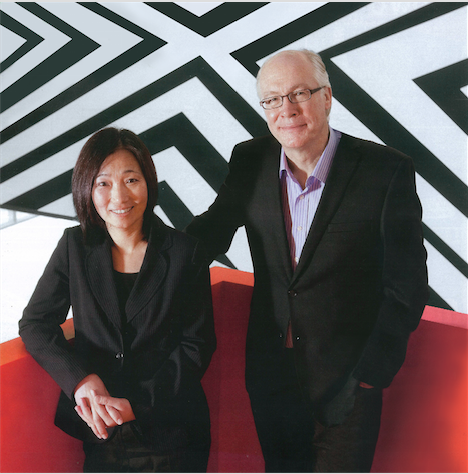
The Collection
You mainly collect contemporary Australian artists. What motivated you to start collecting? When did you start?
I began collecting in 1990. I had made a visit to a retrospective exhibition of the work of Australian modern artist Albert Tucker at the National Gallery of Victoria. I was so excited to see these works that I decided to see if I could acquire a small work by this artist for my home. The same day I went to visit Albert Tucker’s gallerist, Georges Mora at his Tolarno Galleries in Melbourne. Mora had just finished hanging up a new show and he invited me to stay for lunch.
Over lunch, we had a long discussion about Australian art and he persuaded me not to acquire a work by Tucker – which he said was collecting ‘back in history’ – but rather to think about acquiring a contemporary work from someone of my own generation.
Two hours later I emerged from that lunch meeting with my first artwork, Nude in a Landscape, 1989 by Linda Marrinon. This was the key work from that Tolarno show.
I met with Mora regularly after that and he suggested that I might like to consider putting together a small collection of contemporary Australian art – what he described as the art of ‘now’ – and that I could follow the journeys and practices of these artists who would be my peers. It was wise advice, and he continued to mentor me up until his untimely death a couple of years later.
In 1993, I met my future wife Yueji (born in Shanghai) and we have continued to collect together since that time.
So I have been collecting for over 25 years, and with Yueji for more than 22 years.
What type of art do you feel most attracted to?
Although it wasn’t clear to me then, many of the early works in the collection – paintings, sculptures, installations – reflected the kinds of ideas and interests I had as an architect in the early 90s. This included interests in representation, the impacts that new technologies were having on our contemporary culture, ideas about the contemporary city and an interest in the Australian vernacular. As my work and thinking as an architect evolved, my interests in art also evolved – so it’s been like a cross disciplinary, parallel dialogue over many years. As a family, we have a very specific philosophy about collecting. For many collectors, the passion comes from the thrill of the chase, or from acquiring a major new work. Yueji and I were interested in the ideas that are expressed in the work – that is, that the work has something interesting to say.
We also collect artists in depth. Back in the 80s and 90s, it was common for people to put together ‘survey collections’ where single works were acquired from every artist working at the time, in an attempt to present a kind of comprehensive overview. We’ve focused instead on a limited number of artists (I think we’re up to nearly 45 now) and have followed and collected their work over many years. The interesting moments are where the artists’ thinking and ideas mature, develop and change.
We feel it’s important that the Collection remains current and ‘new’ so we are always looking out for new works by young and emerging artists to bring into the Collection.
Many of the artworks are large-scale installations, which required you to build larger spaces in the Housemuseum. What is your attraction to large installation works?
Large-scale installations began to appear in the early 90’s and have now become ubiquitous in the contemporary art world. As many of the artists we were collecting were producing these large-scale installations it was important that we had spaces, which were able to accommodate them. So the Housemuseum includes a range of spaces, from very large two story high spaces to smaller, intimate spaces, which accommodate smaller works from the Collection.
What is your largest installation?
The largest painting in the Collection is Howard Arkley’s Fabricated Rooms, 1997-99. This work is two metres high and over nineteen metres long. The largest installation work in the Collection is Daniel von Sturmer’s Field Equation, 2006, which occupies an area of 240 square metres and comprises a field of 59 white plinths with multiple sculptural objects and projected video elements.
Do you usually think about the space you have in your home/museum before buying a piece or are you more of an impulsive buyer?
Other than a general question ‘will it fit?’ we do not think about the spaces in the Housemuseum before buying a work. All works are acquired on their merit, and are in a wide range of media, and there is also a large variation in the sizes of the works.
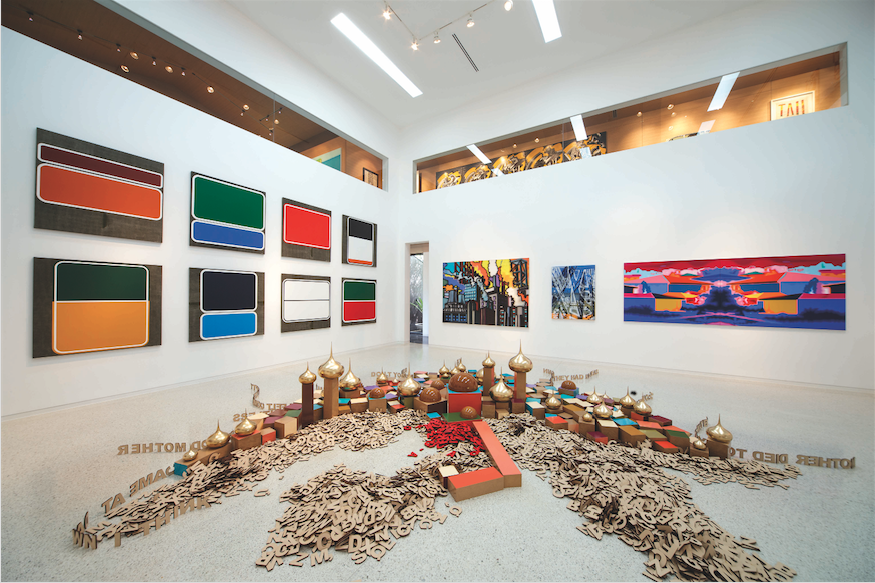
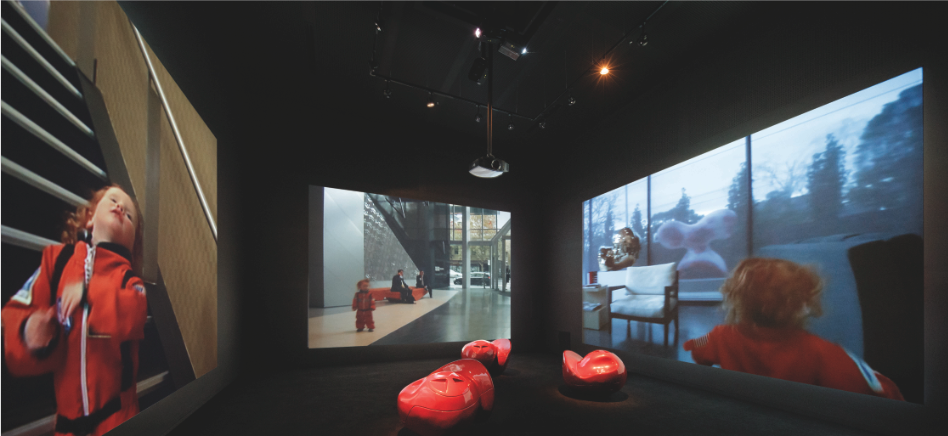
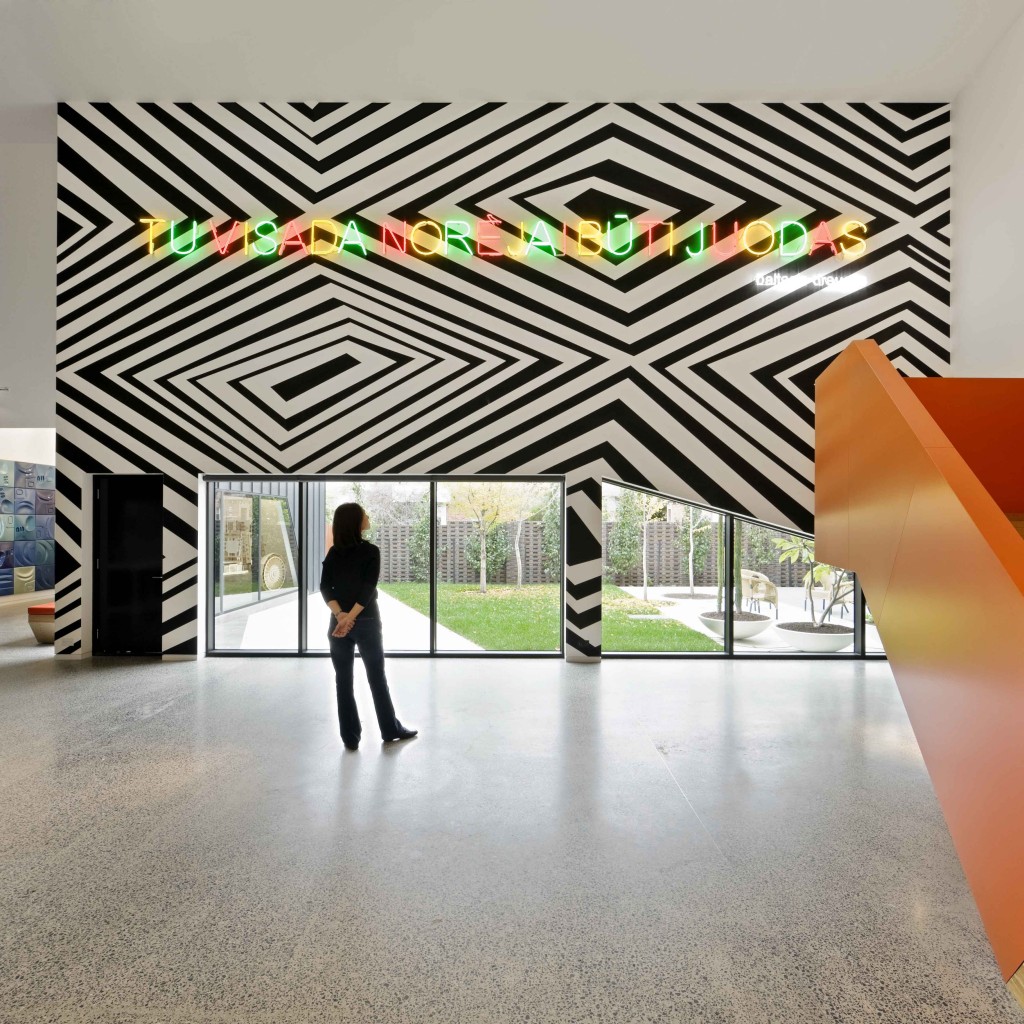
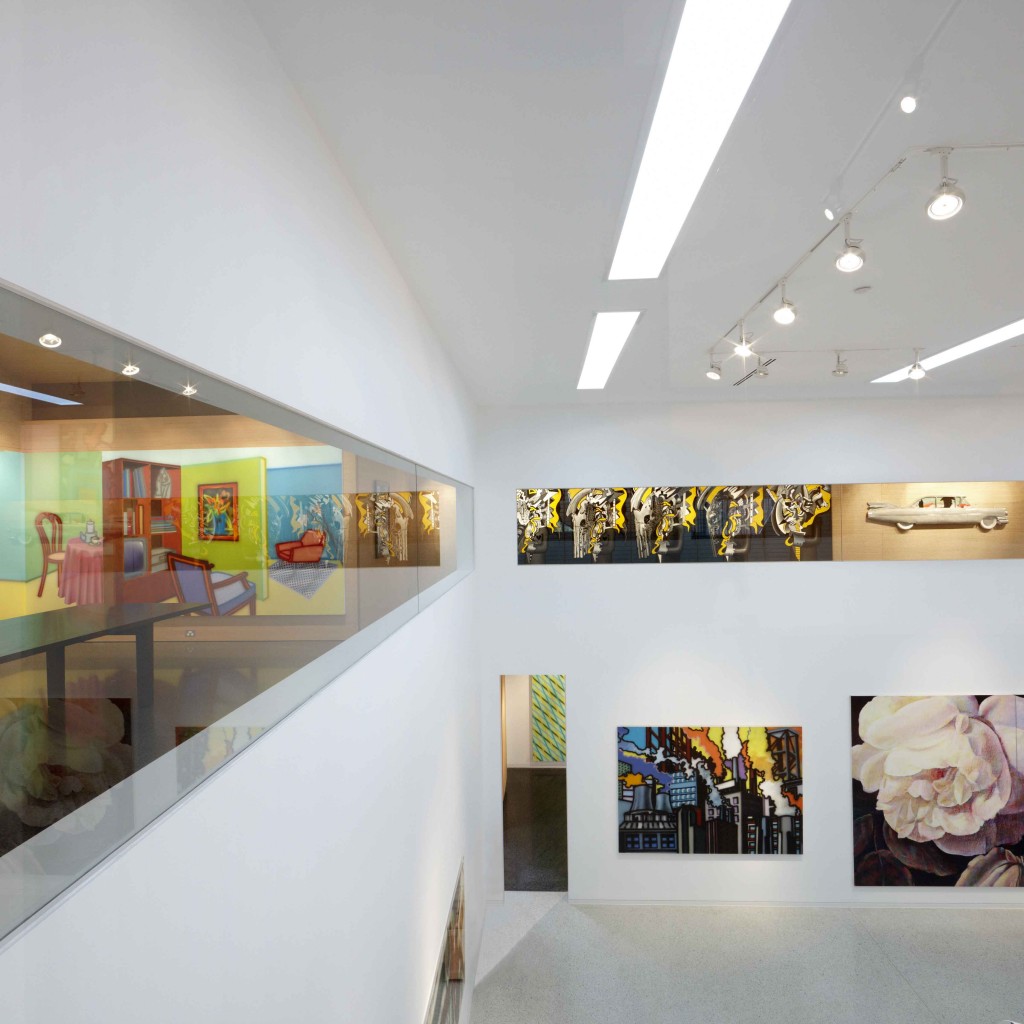
How do you see your collection developing?
Over the period we have been collecting, we have been able to get to know all of the artists represented in the Collection, many as friends, and it has been exciting and rewarding to continue to collect their work ‘in depth’, acquiring major works at key points/shifts in their practice.
So the Collection has become, after 26 years, one of the largest ‘in depth’ collections in the country, representing key moments in contemporary Australian art history during the 1990’s and into the first two decades of the new century.
We see our Collection representing a kind of ‘metropolitan conversation’ – bringing together multiple strands of thinking and critique from Australian, and in particular Melbourne contemporary artists, designers and architects. It’s also a Collection that we hope has no end. It’s not intended to be a ‘time capsule’, but one that will continue to bring in new ideas, so that new works are able to talk to those that are already in the Collection.
Have you ever loaned some of your artworks to other institutions? Why?
One of our key underlying philosophies is to make the artworks in the Collection available for public viewing. So where we are not able to accommodate works in the Housemuseum, or we have a request for a loan, we are very pleased to make these available to other public art museums, both in Australia and overseas.
Who are the top and/or emerging Australian artists?
Collecting artists early in their career is something of a leap of faith, in that one never knows whether they will continue in their practice, or develop into a successful career. We have been very lucky in following people who we found interesting early on, and many have gone on to have very successful careers both nationally and at an international level. Artists such as Patricia Piccinini, Callum Morton, Daniel von Sturmer, Sean Gladwell, Emily Floyd and others have all shown extensively in Australia and overseas and all have been Australia’s representatives at the Venice Art Biennale.
Is there an artist or artwork which is not in your collection, but should be?
We continue to follow closely what is happening across Australia in terms of contemporary art practice, and are always on the lookout for work from new and emerging artists to add to the Collection.
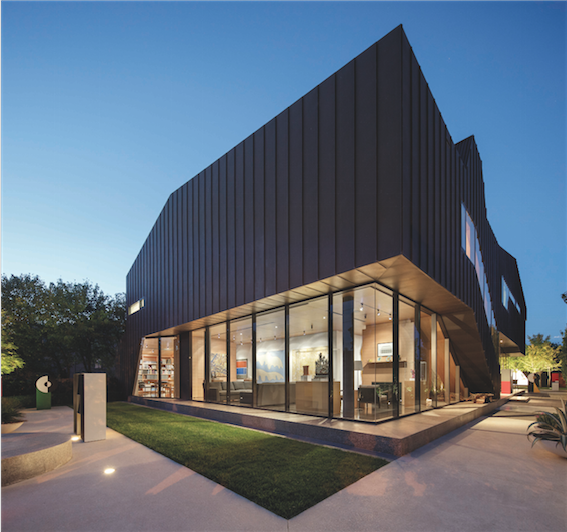
Lyon Housemuseum – a hybrid building
What motivated you to open a private residential art museum?
What happens to a large and expanding collection is a common dilemma for collectors – do you keep the collection within the family (as many do), donate some or part of it to a public institution or do you create your our own space to show the work and make it available to the public? We chose the latter, because it had always been our aim and we’d seen too many private (and corporate) collections sold off after three or four generations. We also felt we had a special opportunity to do something very different – particularly considering our combined roles as the collectors, the resident family, the operators of the museum and me as the architect of the building! That’s an opportunity that doesn’t come along very often.
So we developed the idea of designing a new hybrid building, which would function both as a residence for our family and also as a building we could open to the public as a public museum. We had a very prominent architectural historian speak recently at the Housemuseum, and he said that as far as he was able to research, this was the first building of its kind – that is, a purpose designed hybrid of residence and public museum, – anywhere in the world, or in architectural history for that matter.
Why was it important for you to show your art to the public?
We feel very much that we are custodians of these works – on behalf of the artists, and on behalf of the community. We don’t treat them at all as private possessions. So it has been a very natural thing for us to want to share the Collection with the public. And in terms of our next steps, we have recently created a new public museum foundation, which will ensure that the Collection stays together and can be seen by the public in perpetuity.
How did you get used to having visitors enter your home/museum on a daily basis? Was it challenging in any way?
When we first opened for public tours, it was very challenging for the family – some of the groups we had through numbered more than 100 – so we used the private retreat spaces in the building frequently during those first few months.
Our two daughters have grown up with the art and know most of the artists, so the idea of sharing the collection, and by extension the spaces in the Housemuseum, has been part of their lives.
Now we’ve become quite used to these two modes of use and the public tours have become part of the rhythm of our new, but admittedly unusual, daily family life. We will also admit to having met some very interesting people over the years who have come to visit – people now come from all over the world to see the Collection and the Housemuseum building.
Living in the Housemuseum and balancing our public and private lives has been very challenging but also very interesting. As well as opening up some new ground in museological thinking, the house is also exploring new ways of living with and interacting with art. So it’s something of a sociological and museological experiment.
We designed the house with this kind of flexibility in mind and chose to do it in a very unconventional way. It would have been easy to have separated the ‘public’ and ‘private’ areas on each of the two levels of the building but we didn’t think this would be particularly interesting for our visitors, or for us. So we mixed them up on both levels of the building and as you walk through the house you’re not quite sure what’s public and what’s private.
We often get asked what its like to live in the Housemuseum, when all the visitors have left. It’s been surprisingly easy and we now quite naturally extend our daily living out into all corners of the building. The black box is where we show our video art and this is often used by our daughters as a home cinema and party space for their friends. My study doubles as the museum archive and we use the upstairs library space as our family reading area. So nearly all of the spaces in the house have a double function- both public and private.
Can you separate work from home?
I run a large and busy architectural practice in the centre of Melbourne with my four partners so my day-to-day professional work is quite separate from the Housemuseum. And yes, the Housemuseum project involves both private family time and times when we are conducting public tours through the building or running events – talks on art, architecture and contemporary culture.
Do you and your wife still give weekly tours yourselves?
Members of the family conduct all tours and events in the Housemuseum. We think that visitors enjoy hearing the story of the Collection and of the building from the people who have actually conceived and established it, and who live in it.
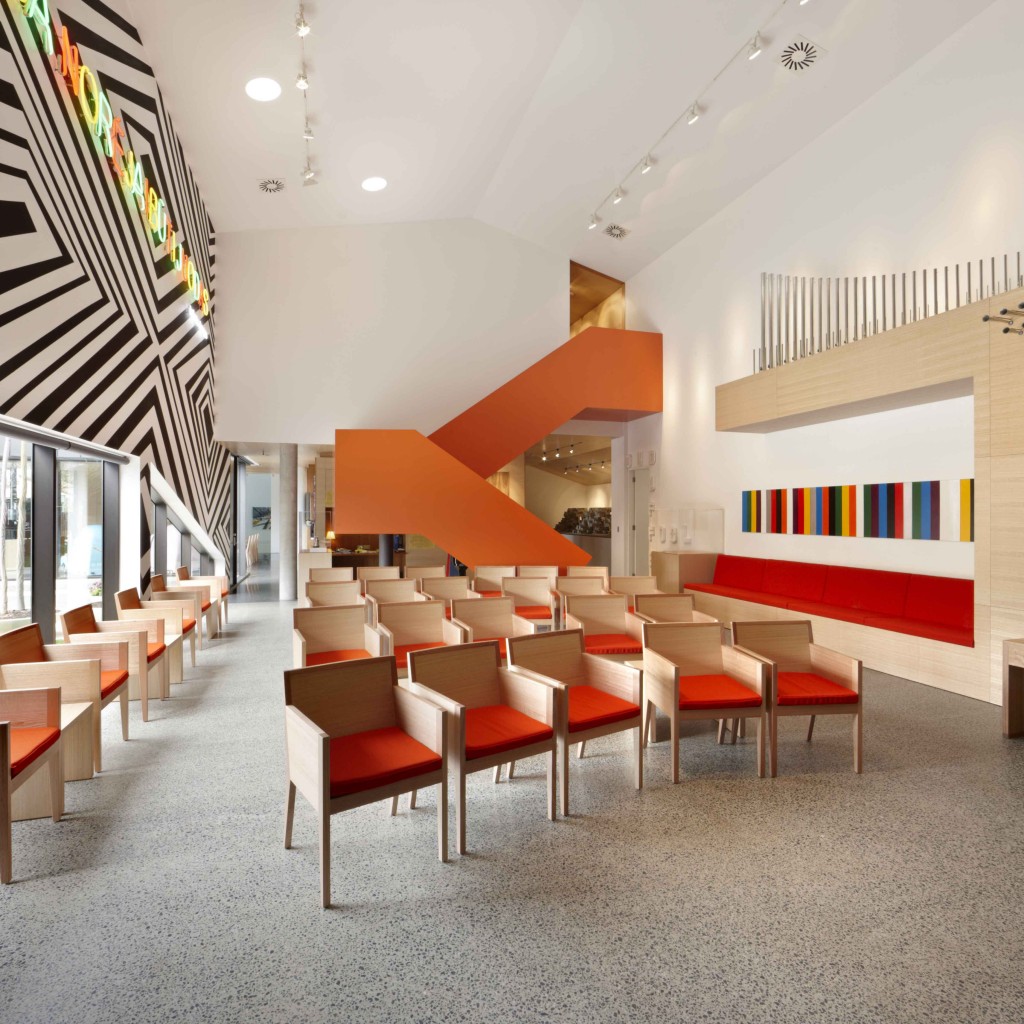
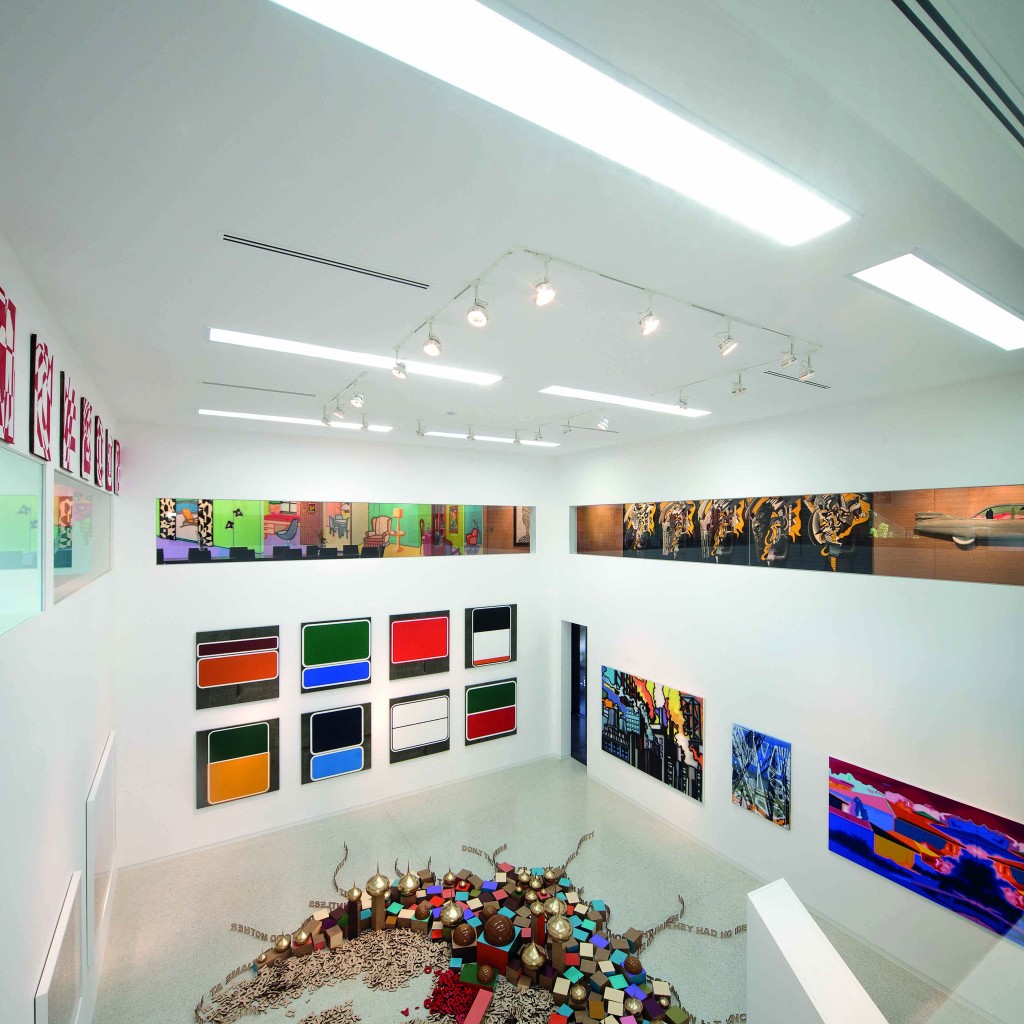
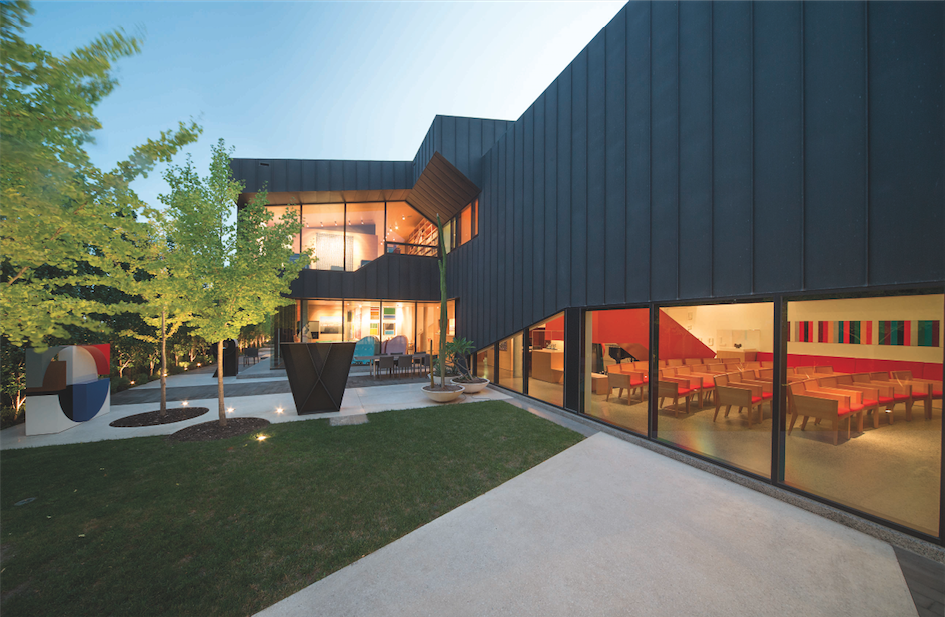
Do private residential museums add an intimate touch that certain other private and public museums do not have?
Museums like the Housemuseum offer a very different visitor experience to many public institutions.
The idea of the domestic or residential museum goes back to renaissance times, probably further, and there were later models such as the Wunderkammer, or cabinets of curiosities, where natural wonders and art objects were displayed together in a domestic scaled setting. These early museums predate the modern art museum as we now know it.
For me there were two examples of domestic museums, both from more recent times, which have relevance to the Housemuseum. The first was Peggy Guggenheim’s Collection and museum in Venice, which I first visited as an architectural graduate over 30 years ago. Over her lifetime, Guggenheim built a highly personal, idiosyncratic collection reflecting the many artists that she had known and supported (and married) over her long lifetime. Housed in her Venetian palazzo, the collection was presented in a domestic scaled environment together with her furniture and personal effects. Overall, it was an engaging and multi dimensional experience, quite different to visiting a large institutional public museum.
The second museum I visited as an architectural student in 1977 – Sir John Soane’s Museum in London. In his London house, which he continued to extend by purchasing adjacent properties, he amassed and displayed a large collection of paintings and architectural artefacts. Like Guggenheim, he also opened his ‘house museum’ during his lifetime, to his architectural students and to visitors. The Soane Museum is also extraordinary architecturally, with complex, light filled spaces used to display Soane’s personal and unique collection.
Like these house museums, the Housemuseum brings together art and living, ‘house’ and ‘museum’. But rather than refurbish or extend an existing building, we have designed a new one from the ground up, creating a new architectural type. The museum spaces and domestic settings coexist in a tense and ambiguous relationship – sometimes working in harmony, sometimes in opposition. Our ‘private’ bedroom for example has a big window overlooking the ‘public’ white cube museum space in the centre of the building. It’s also interesting to see how people behave as they move through the building Housemuseum. The building seems to change peoples’ codes of behaviour – they’re not quite sure if they are in a private house or in a public museum.
Do you believe this closer connection between visitors and collectors is missing in other art institutions?
Public art museums, in the main, represent a wide range of artists and works, some of them in an almost encyclopaedic way. So it is difficult for a visitor to get a sense of the collectors who bought these works together in the form of a collection, or even part of a large public collection. In a private museum, that connection between the artworks and the collector is very clear and I think it adds another interesting layer to the visitor experience.
Are there certain works you prefer to keep to yourselves in the private spaces of the house?
No, all works in our Collection are shown throughout the Housemuseum, and we rotate the works on a six monthly or yearly basis so that new works always end up being shown in the private spaces of the house.
Private museums are sprouting in different countries worldwide. Why do you think they are becoming so popular among collectors?
I’m sure collectors see it as a way of ensuring that their collections stay together and that the stories of their collections are also able to be told. Artworks gifted to large public institutions are in many instances stored for long periods and displayed infrequently; in a private museum, there is an opportunity for the collectors to show the works on a permanent or semi-permanent basis.
What do you think needs to be done to help support other private art museums?
The idea of a global network, or association, of private museums would be a wonderful idea – as a way of supporting each other and making sure that each museum, wherever it is located, is able to make a positive and ongoing contribution to our world contemporary culture.
Claire Bouchara
Read more about





